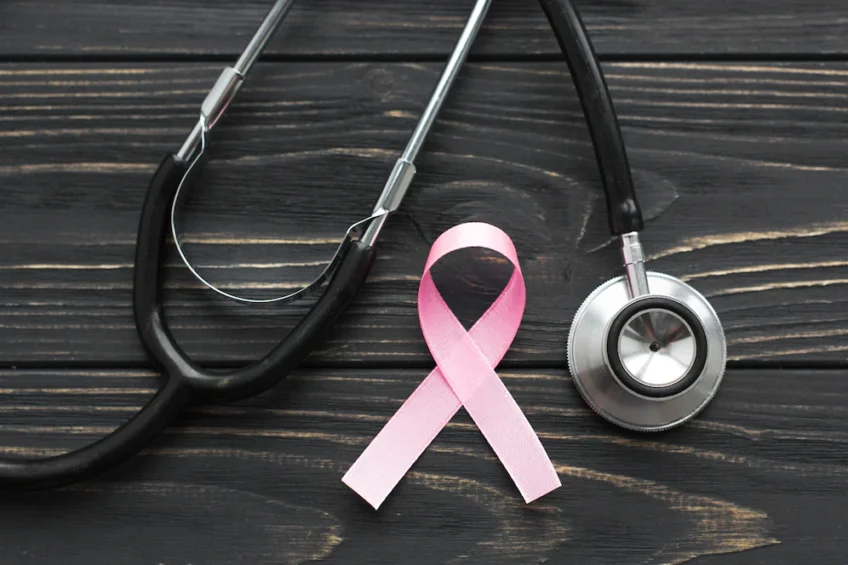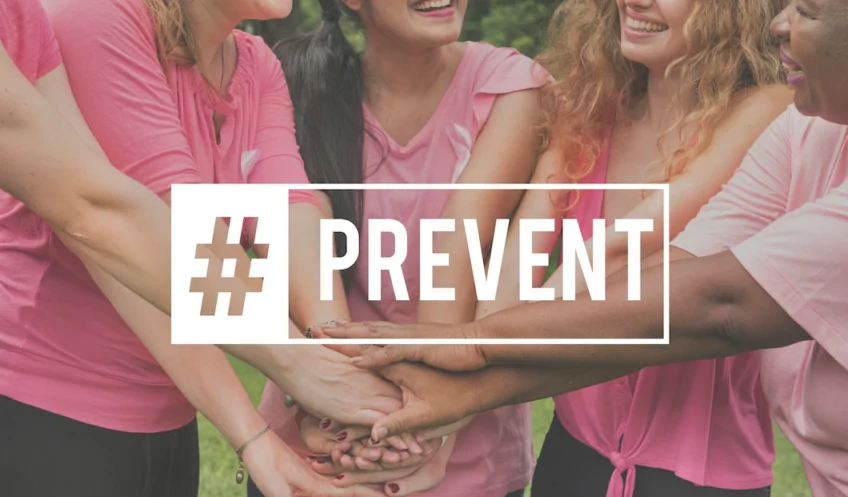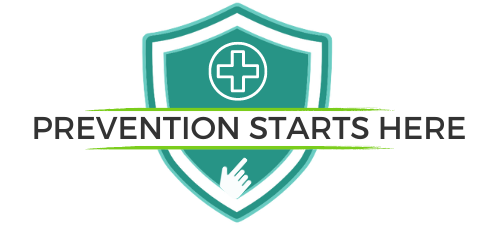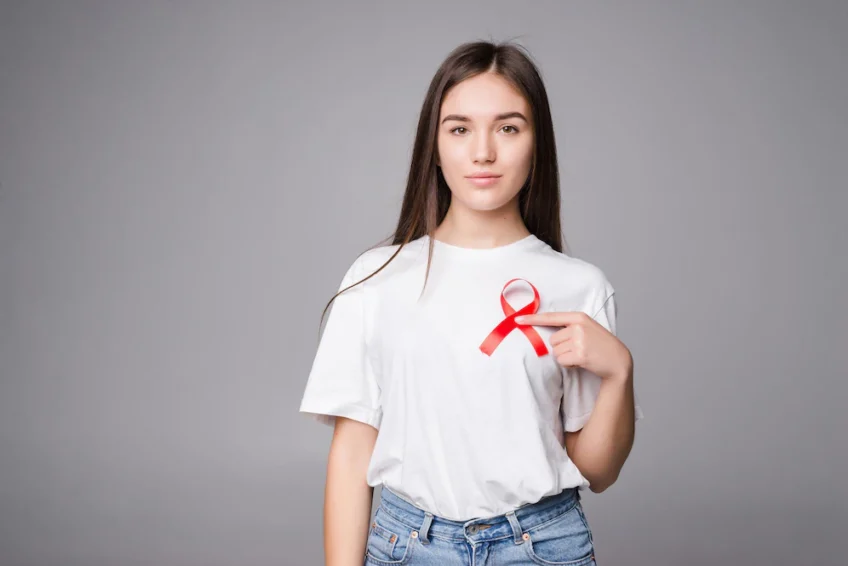As breast cancer awareness month ends with its primary emphasis on early detection I’ve been more interested in what we’ve learned about opportunities for prevention. Amidst all the pink ribbons and disagreements about optimal mammography scheduling an important theme seems to be finally taking hold. Although opportunities abound throughout life, breast cancer prevention begins in the womb.
This idea is not new. Twenty-five years ago Dimitri Trichopoulos proposed that breast cancer risk could originate in utero, influenced by maternal hormone levels. [1] Later studies linked hormone and growth factor levels with populations of breast stem cells in umbilical cord blood—a plausible mechanistic connection to cancer risk. A 2011 analysis reported a nearly two-fold increased risk of breast cancer in daughters of women who took estrogenic diethylstilbestrol (DES) during pregnancy before 1971. [2] This year, Barbara Cohn and colleagues reported that the highest maternal levels of the hormone-disrupting pesticide DDT during pregnancy were associated with a nearly four-fold increased risk of breast cancer in their daughters. [3]
The concept of windows of vulnerability to breast cancer risk during puberty and adolescence has been widely accepted for a number of years. We’ve long known, for example, that ionizing radiation exposure poses a larger breast cancer risk in adolescents and young women than in older women.
Studies also find that dietary patterns early in life have stronger associations with breast cancer risk than diets in adulthood. Childhood and adolescent diets with more whole soy products consistently seem to be more protective (associated with decreased risk) than dietary soy in adulthood. [4] Last year the Nurses’ Health Study II reported higher levels of red meat consumption in early adulthood were associated with increased risk of both pre- and post-menopausal breast cancer over 20 years of follow up. Substituting legumes or poultry or the combination of poultry, fish, legumes, and nuts for red meat was associated with a lower risk of breast cancer.

In 2007, Barbara Cohn and colleagues reported that higher serum levels of DDT were associated with a five-fold increased risk of breast cancer among women who were 14 years old or younger when exposed. Women who were not exposed before age 14 showed no association between DDT and breast cancer risk. [5]
But opportunities to prevent breast cancer begin even earlier. Graham Colditz from Washington University School of Medicine thinks that efforts at prevention should begin by age two. He says, [6] “There is clear and growing evidence that diet composition in childhood and adolescence, physical activity, and alcohol intake before birth of the first child are all importantly related to the risk for premalignant breast lesions and invasive breast cancer. Diet and physical activity are the key factors. A child doesn’t end up obese at age 10 by starting to gain weight at age nine. Breast-feeding, avoiding drinking gallons of milk (which is associated with increased growth velocity), and keeping kids active—those are the key features in early childhood, and then moving to avoiding alcohol in late adolescence.”
The DES story, Barbara Cohn’s work, and many animal studies tell us that it’s more than diet, exercise, and alcohol. Environmental chemical exposures in the fetus can alter gene expression, the trajectory of breast development and tissue architecture resulting in elevated breast cancer risk years later. Yet, we know far too little about those impacts because most commonly encountered chemicals to which the fetus is regularly exposed are simply untested.

Based on what we do know these data gaps are indefensible. But how do we proceed, given the enormous backlog of untested chemicals? Another of this year’s papers suggests a way forward. In “Screening for Chemical Contributions to Breast Cancer Risk: A Case Study for Chemical Safety Evaluation” Meg Schwarzman and her colleagues recommend a series of assays capable of detecting alterations to biological processes relevant to breast cancer, including cell molecular events, tissue changes, and factors that alter susceptibility. [7] This approach would help prioritize chemicals for more thorough evaluation and begin to identify needs for alternatives.
Breast cancer awareness month may be over but the urgency of breast cancer prevention has never been greater. Comprehensive efforts must begin before conception and continue throughout development and the entire lifespan. There is no single cause and there will not be a single solution. Diet, exercise, and avoiding alcohol are important. But let’s not ignore environmental chemicals that can shape breast cancer risk from the beginning.
[1] http://www.ncbi.nlm.nih.gov/pubmed/1970028[2] http://www.ncbi.nlm.nih.gov/pubmed/21991952
[3] http://www.ncbi.nlm.nih.gov/pubmed/26079774
[4] This refers to lightly processed whole soy products—not soy supplements or fractionated soy components in processed food.
[5] http://www.ncbi.nlm.nih.gov/pubmed/17938728
[6] http://www.medscape.com/viewarticle/835892
[7] http://ehp.niehs.nih.gov/wp-content/uploads/advpub/2015/6/ehp.1408337.acco.pdf

About Ted Schettler, M.D., M.P.H
Ted SchettlerTed Schettler is science director of the Science and Environmental Health Network and the Collaborative on Health and Environment. He is also a member of the Breast Cancer Fund’s science advisory panel. An accomplished writer, Schettler is a principal author of the report, Environmental Threats to Healthy Aging, the most comprehensive review of research linking lifetime exposure and influences, beginning in the womb, to Alzheimer’s, Parkinson’s and other chronic illnesses. Schettler’s groundbreaking research has revolutionized the way we think about the connection between early-life exposures and later-life disease and has influenced the course we will take toward creating a healthy future. Schettler was honored with a Science Hero Award by the Breast Cancer Fund in 2009.

